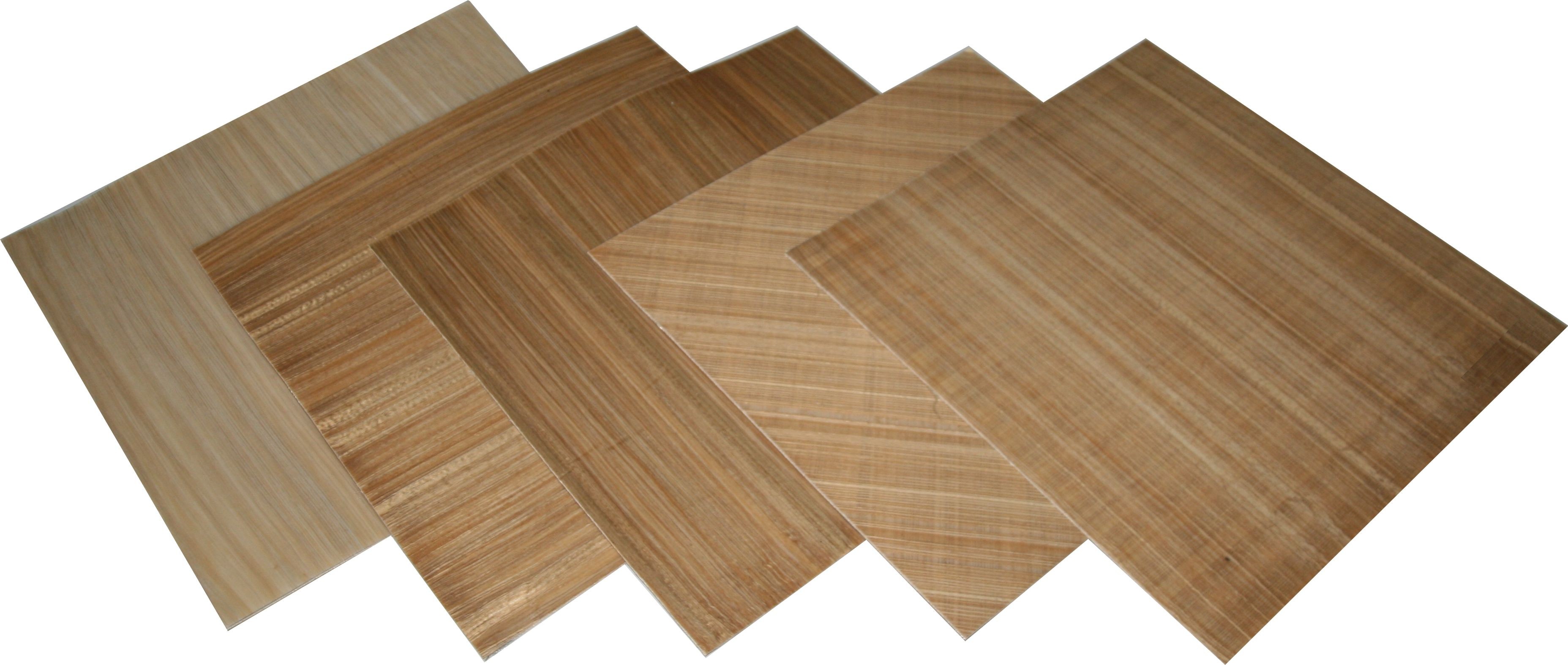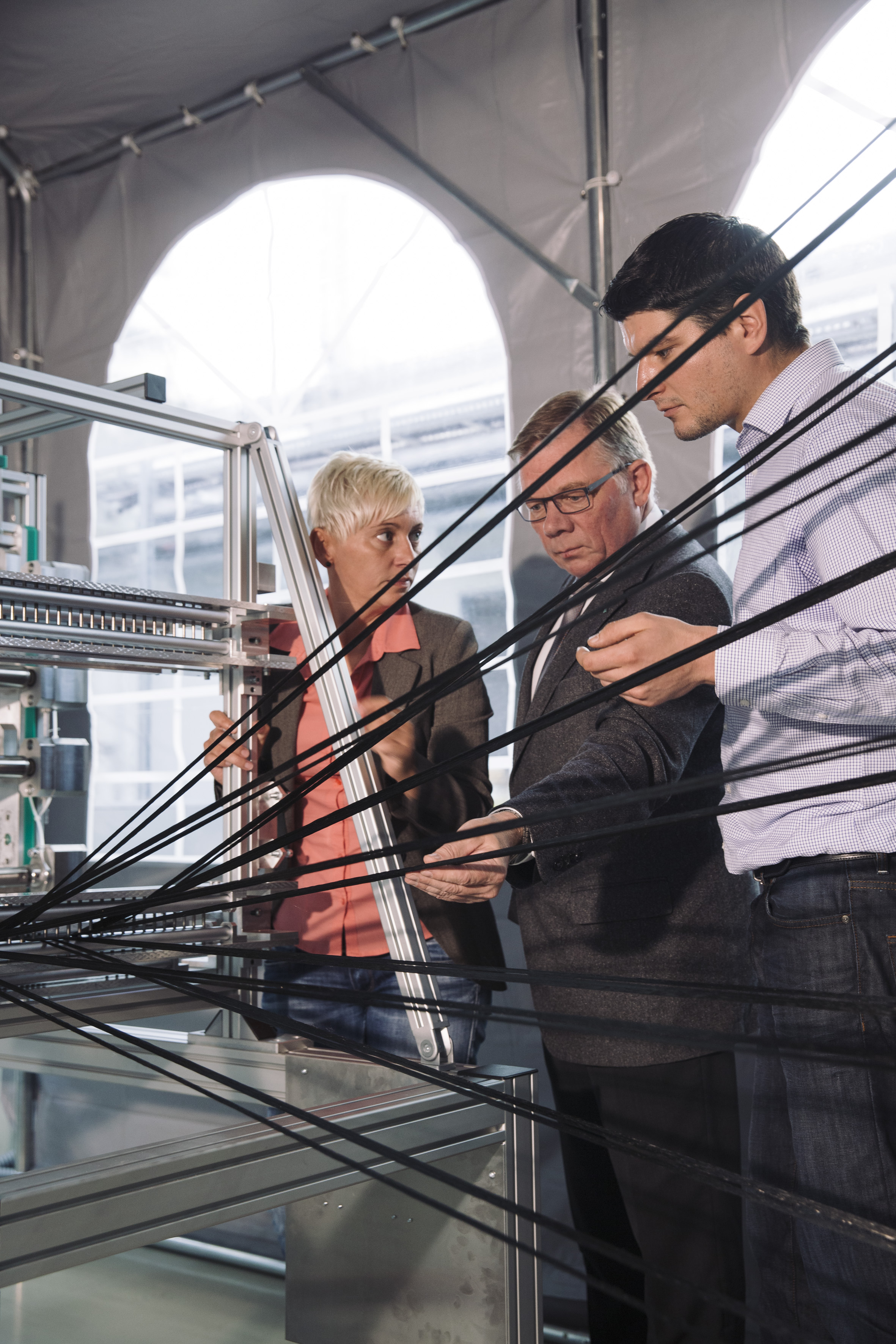
Lightweight solutions made of bio-based tapes

In order to protect the climate, the EU Commission has decided that harmful emissions from car traffic are to be reduced significantly by 2020. The industry is therefore looking for creative solutions, for example, weight savings. Because the lighter a car is, the lower its fuel consumption. An important trend here is: Metallic materials are being replaced by polymers. At the Fraunhofer IMWS, researchers are working on technology which even makes the use of renewable raw materials possible.

They are using fiber polymer composites (FPCs). These are ideally suited for lightweight construction, because they have a high strength and stiffness and at the same time a low density. In addition, fiber polymer composites have a substantial energy absorption, good damping properties and high corrosion and weathering resistance. Continuous fiber reinforced thermoplastic systems, so-called UD tapes with unidirectionally orientated fibers, are considered to be the material class with the greatest potential. With this material the fiber orientation can be adjusted during production, directly to the load profile in subsequent service. The material is therefore particularly efficient in the precise places in which it has to withstand particularly high loads.
In this way, very lightweight components can be produced, which also play an important role in key technologies such as electromobility. Because the lighter an electric car is, the greater its range will be – with the same battery. Fiber polymer composites are particularly attractive, because they can also be produced from bio-based materials. Thus, polymers are produced which are not based on petroleum but on renewable raw materials.
At the Fraunhofer IMWS, regenerated cellulose fibers are used as the reinforcement fibers and polylactic acids as the polymer matrix for the bio-based composite materials. A strand of continuous fibers is first processed to produce a UD tape. Several layers of these tapes are then used to make bio-laminates which, for example, are used as reinforcement elements in lightweight structures.
In the Fraunhofer Pilot Plant Center for Polymer Synthesis and Processing PAZ in Schkopau, it is possible to produce these tapes up to a width of 50 centimetres with a production rate of up to 20 m/min – which is unique in the world.
The Fraunhofer researchers are working on extending the possible uses of the laminates, for example, through special assemblies for the interior of cars, and in addition to make the production on an industrial scale more economical. To this end, innovative processes, tools and material combinations will be developed and injection moulds optimized and adapted, to make even better use of the potential for lightweight construction and thus climate protection.
